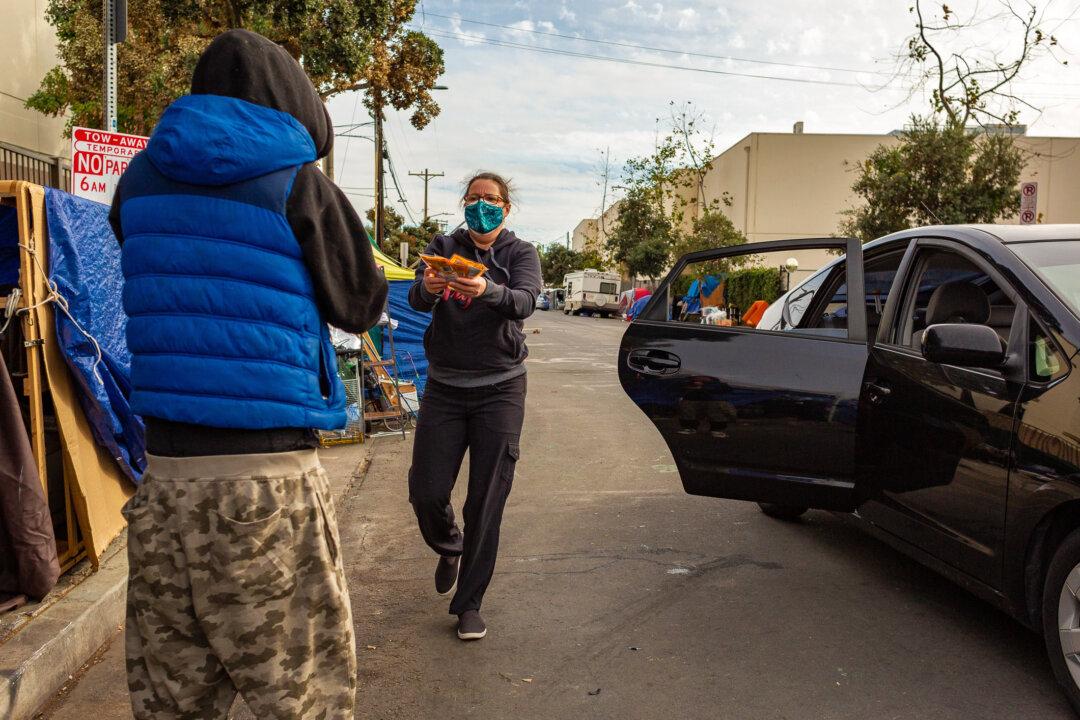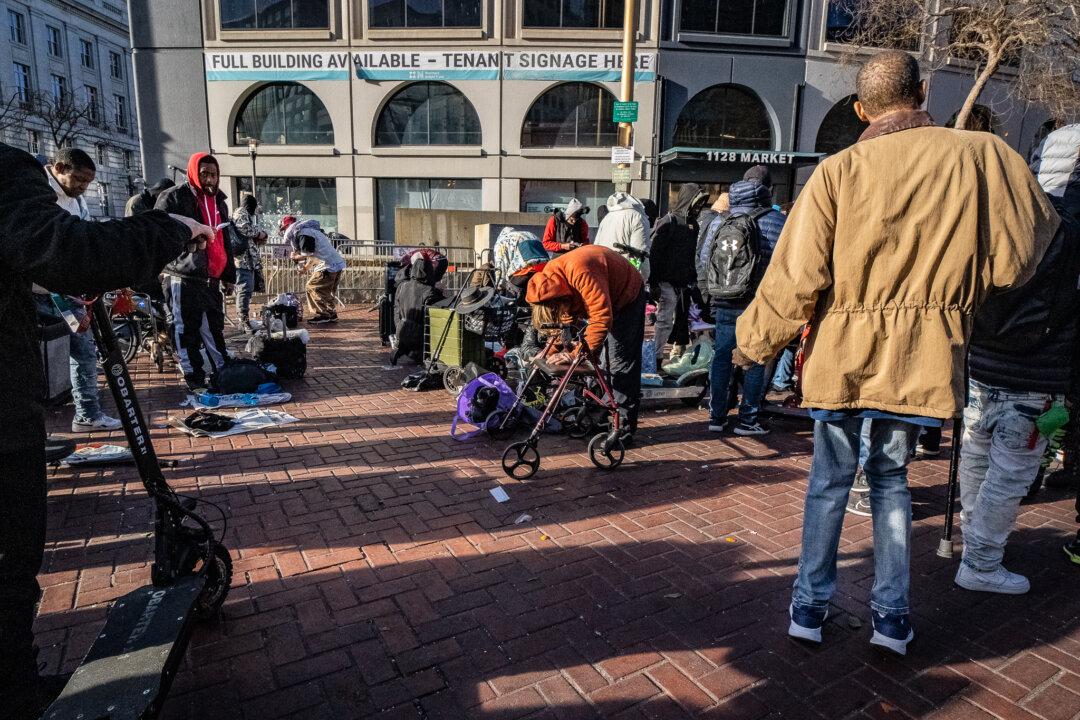Los Angeles officials recently announced two neighborhoods will soon have an unarmed response team to deal with nonviolent calls related to homelessness available 24/7 and accessible under 911 services beginning this month.
It’s the city’s most recent effort to show its voters action on the homeless crisis after a slew of motions were brought forth in recent weeks for additional housing and resources. Approximately 41,000 homeless individuals live on the streets in the city of Los Angeles and 66,000 across the entire county, according to the 2020 point-in-time count.





